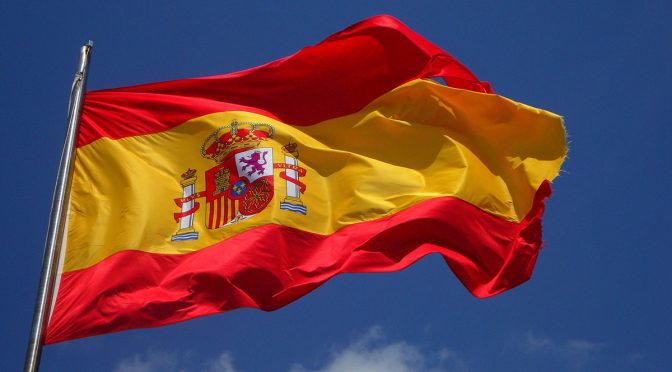In 2022, 5.9 GW of new renewable power have been added, which has allowed wind power and photovoltaic production records to be recorded.
2023 is going to be a key year for the ecological transition in Spain: according to Red Eléctrica estimates, renewable energies could reach 50% of annual electricity generation. These data, still subject to high uncertainty, forecast that the contribution of wind energy and all solar (PV, concentrated solar power) could reach 42%. This was revealed by the Secretary of State for Energy, Sara Aagesen, and the president of Redeia, Beatriz Corredor, during the presentation of the Red Eléctrica reports on the 2022 financial year: the electrical system and the energy system renewable.
At the meeting, the Secretary of State for Energy, Sara Aagesen, stressed that “the energy transition is a great opportunity that we all have to take advantage of. It has an immense benefit for citizens and companies, but it must be done intelligently, with the environment and the territory; We are prepared, with our networks and our ability to help and consolidate solidarity at a European level”.
For her part, the president of Redeia, Beatriz Corredor, predicted that “2023 will be a great year for the ecological transition in Spain and a transcendental exercise for us to consolidate our position as the renewable engine of the European Union.” The president highlighted the critical role of the transmission network in this process of energy transformation in the country: “without a network there are no renewables or ecological transition”.
As a novelty, this year the company offers these publications fully digitized and three months before the usual date. They can now be consulted on its website in a site specifically designed to offer a more accessible and interactive browsing experience. Users can select the technology of interest and the desired magnitude (power, generation, demand…) and also learn international comparisons.
EU Renewable Engine
Both reports show that in 2022 Spain has continued to demonstrate its renewable leadership in the European Union. It occupies the second position after Germany in renewable installed power and also in installed wind power. In the case of solar, our country is the third country with the most power in service after Germany and the Netherlands.
If the generation with these technologies is analyzed, the German country maintains the first position in the ranking and, after it, Spain is the second European nation that produces the most energy from wind and sun.
This has allowed, in the past financial year, as indicated by the Electricity System Report, our country to support the community neighbors. For the first time since 2015, the year has closed with an export balance. It is also the highest historical record, almost 20 TWh.
Wind and photovoltaic solar impulse
During the past year, renewables added 5.9 new GW to the Spanish generating park. Of these, 4.5 GW were photovoltaic and 1.4 GW were wind. This fact confirms the spectacular evolution of photovoltaic solar: it has been the year that has grown the most in installed power, which has allowed it to surpass hydraulics and become the third source in the ranking. For its part, wind power remains the leading technology: 1 out of every 4 MW in service in Spain is already wind power.
This new impulse has allowed wind power to represent 22% of the mix and photovoltaic 10% and both technologies have registered production records. In total calculation, renewables exceeded 42% of the generation structure in 2022. The drop of almost 40% in hydraulic production has prevented the share of renewables from exceeding previous records.
Other magnitudes
In the Electricity System Report, Red Eléctrica analyzes the evolution of other magnitudes such as electricity consumption, emissions, or electricity markets, among others.
Specifically, this document highlights that the demand for electrical energy in Spain during the year 2022 presented a decrease of 2.4% compared to the previous year, reaching a total of 250.4 TWh demanded. Once corrected for the influence of working hours and temperatures, a reduction of 3.3% results.
The report also confirms that last year it was less cold in winter and hotter in summer. In fact, the maximum demand on the peninsula was registered in the summer season, a fact that had not occurred since 2016. It was on July 14 between 2-3 p.m. with 38,003 MWh.
The Red Eléctrica publication also dedicates a chapter to the analysis of the transmission network, which in 2022 has reached more than 45,100 km and has demonstrated its resilience, with more than 98% availability at the national level of the elements that make it up . Last year, Red Eléctrica has promoted the development and reinforcement of the network,


